
Posts

13 Best Workouts for Belly Fat
Workouts for Belly Fat are among the most sought-after fitness routines for those looking to achieve a flatter and stronger midsection. Targeting belly fat not...
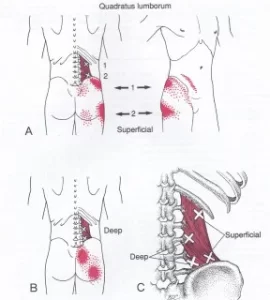
Trigger Points in Lower Back
Trigger points in the lower back are tight, sensitive areas within muscle fibers that can lead to pain, stiffness, and restricted movement. These points often...

Trigger Point Dry Needling
Trigger Point Dry Needling (TPDN) is an advanced therapeutic technique used to alleviate muscle pain and dysfunction. It involves the insertion of thin, monofilament needles...

Trigger Point Massage Therapy
A trigger point is what? A trigger point can also be referred to as a muscle knot. A region of constricted muscle fibers that might...
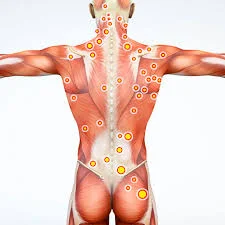
Trigger Points Treatment
Trigger point therapy: what is it? Trigger point therapy is a neuromuscular treatment intended to reduce pain, address muscle imbalances, and hasten the healing process...
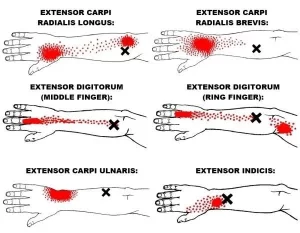
Trigger Points in Forearm Muscles
Trigger points in forearm muscles are sensitive knots or tight bands that develop within the muscle fibers, often as a result of overuse, repetitive motions,...

Trigger Points in Triceps Muscle
Trigger points in the triceps muscle can cause pain and discomfort in the upper arm, elbow, and even down the forearm and into the hand....
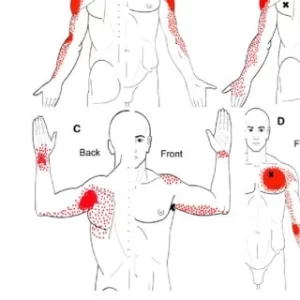
Trigger Points in Biceps Muscle
Trigger points in the biceps muscle are localized areas of muscle tightness that can lead to pain, stiffness, and restricted movement in the arm. These...

Trigger Points in Foot Muscle
Trigger points in the foot muscles refer to tight, hyperirritable spots in the muscle tissue that can cause localized pain and may radiate to other...
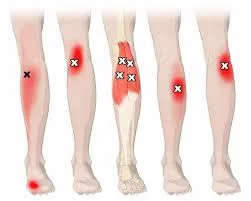
Trigger Points in Calf Muscle
Trigger points in the calf muscle are small, sensitive knots or tight areas within the muscle fibers, often causing localized pain, discomfort, and stiffness. These...
